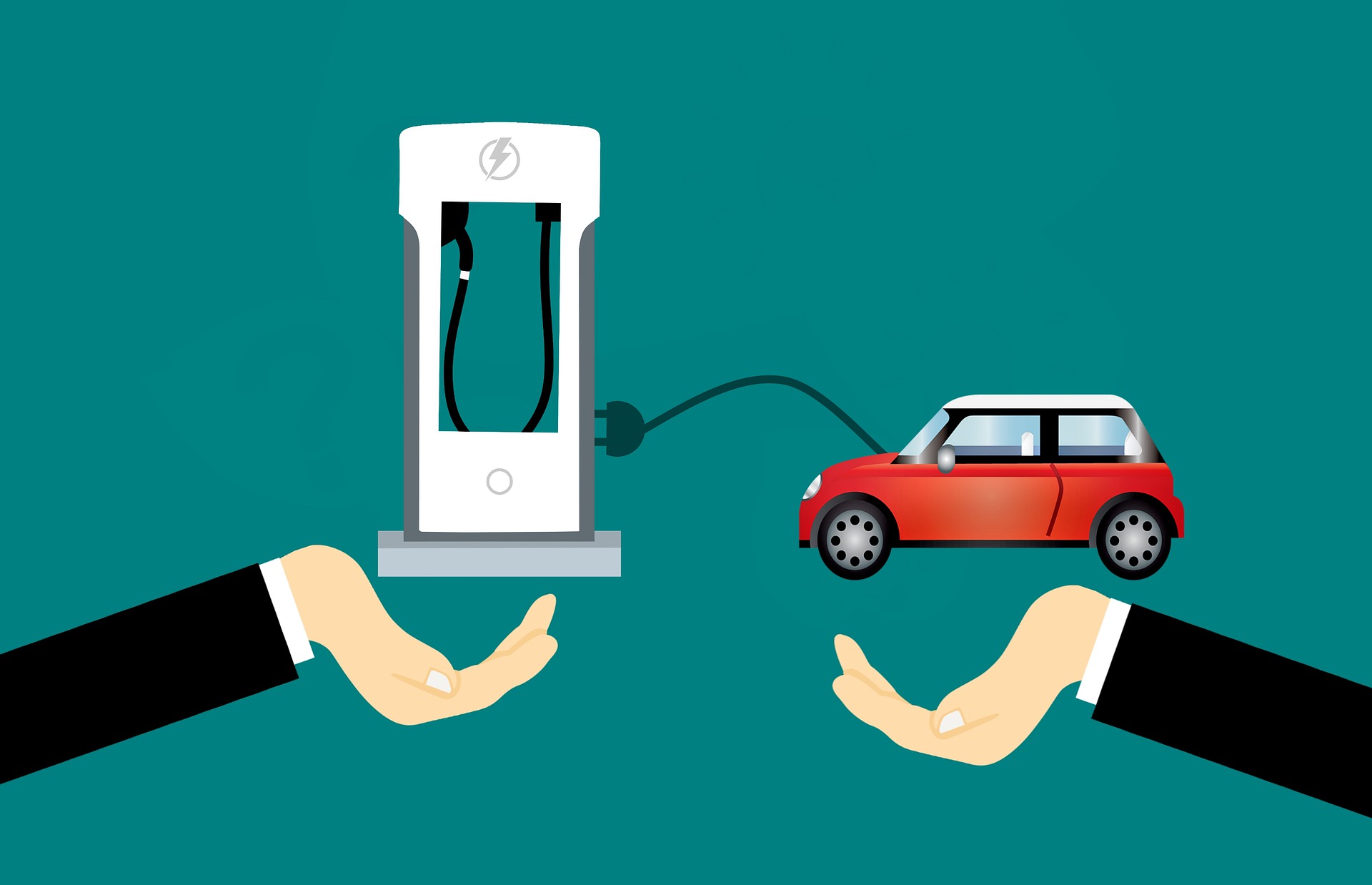Electric vehicles have always been at the forefront of innovation for the automobile industry.
Ever since they hit the market, plenty of people have been wondering when and where are they going to take a break? Not for good. Just for eighty percent. The electric cars of today absolutely need to operate off of zero-emissions.
We worry enough about people who run out of gasoline in the middle of drive-thru lines. So why not worry about this with electric cars? The destination will achieve when enough of the charging stations electric vehicles. And how? With residential streets, and highway areas.
Jessika Trancik an Associate Professor of Energy Studies had this to say: “For many people, electric cars are still new, they may feel anxious if they can’t envision where they’re going to charge.”
Her team enables it to be easier. This is by allowing GPS tracking data the ability to follow typical movements of electric vehicles across the U.S.
Their findings from the journal Nature Energy, identifies locations where charging stations could have the most importance for electric vehicles.
After all, it’s a necessity to place charging stations away from where people may be obstructed to carry out their activities. Of course, charging stations could be along workplaces and highways.
Trancik believes the biggest priority needs to be putting chargers around homes especially, as that’s the most common stop point for electric vehicles.
Electric cars that are fully-charged are able to sustain drivers’ needs on many days.
A fully charged electric vehicle will take care of most drivers’ needs on the majority of days. Yet, occasional long trips can be a deal-breaker for potential buyers of electric vehicles, who are wary of getting stranded far from home.
For those occasional long trips, the study also recommends making traditional gas-powered vehicles more easily available for short-term rental.




